Throughout history, many kings and emperors have left indelible marks on their kingdoms and empires. Their reigns, often spanning several decades, have shaped the course of history and influenced the cultures and societies of their times. This article delves into the lives and legacies of the top 10 longest-reigning kings in written history, highlighting their contributions and the vast territories they governed.
1. Louis XIV: The Sun King of France

Reign: 1643-1715 (72 years, 110 days)
Kingdom: France
Empire Size: Approximately 643,801 km² (present-day France, parts of Belgium, Luxembourg, Germany, Italy, and Spain)
Louis XIV, known as the Sun King, ascended the throne at the tender age of four. His reign is marked by the expansion of French influence through wars and the establishment of a centralized state. Louis XIV transformed Versailles from a hunting lodge into a magnificent palace, symbolizing the absolute power of the monarchy. His reign saw the flourishing of French culture, arts, and architecture.
2. Elizabeth II: The Modern Monarch

Reign: 1952-2022 (70 years, 214 days)
Kingdom: United Kingdom
Empire Size: The UK and its overseas territories
Queen Elizabeth II’s reign witnessed significant changes, including the decolonization of Africa and the Caribbean, the Commonwealth’s evolution, and the British monarchy’s modernization. Her steadfast presence provided stability through decades of social and political change.
3. Rama IX (Bhumibol Adulyadej): The Beloved King of Thailand
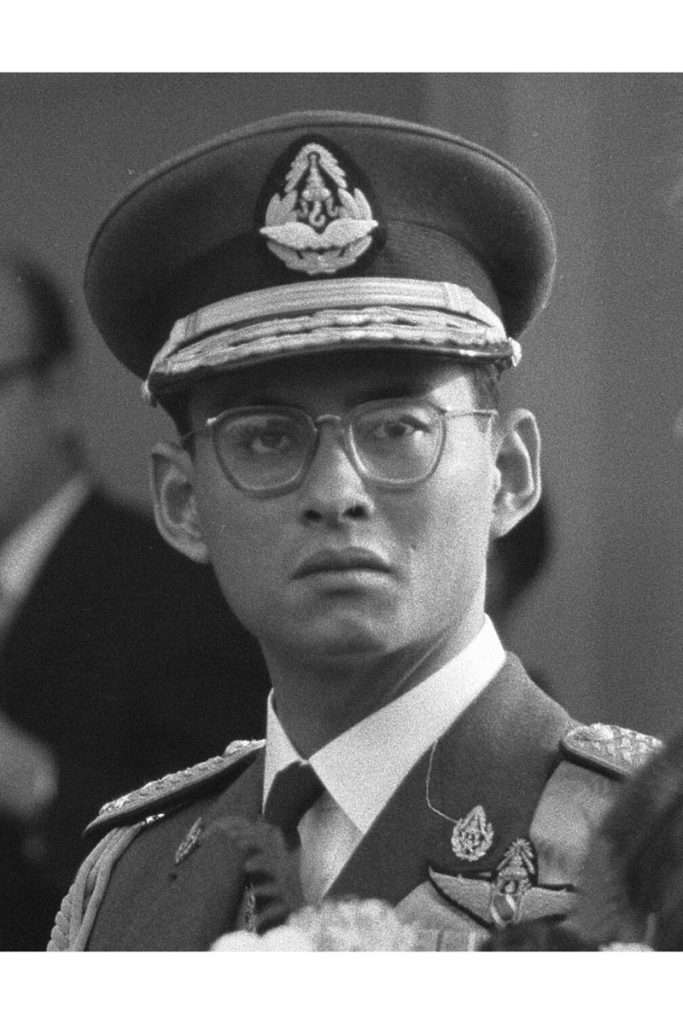
Reign: 1946-2016 (70 years, 126 days)
Kingdom: Thailand
Empire Size: Approximately 513,120 km² (present-day Thailand)
King Bhumibol Adulyadej, revered as Rama IX, was a beloved figure in Thailand. His reign was marked by efforts to improve the lives of his people through numerous development projects. He symbolized unity and stability in a country that experienced significant political turmoil during his reign.
4. Johann II: The Reclusive Prince of Liechtenstein
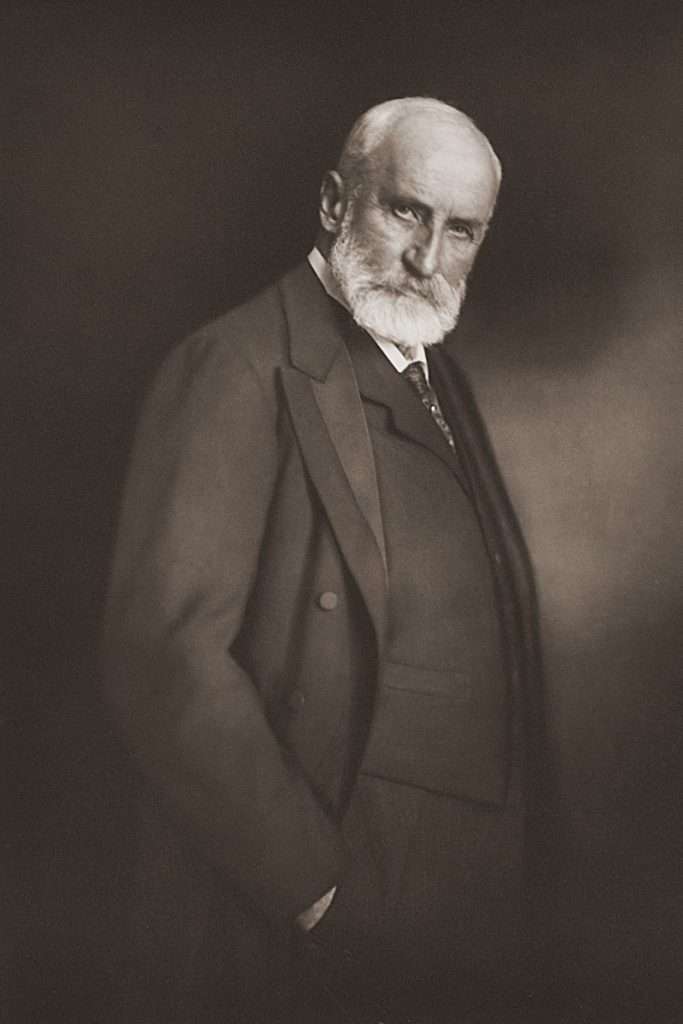
Reign: 1858-1929 (70 years, 91 days)
Kingdom: Liechtenstein
Empire Size: Approximately 160 km² (present-day Liechtenstein)
Johann II, known for his reclusive nature, ruled Liechtenstein for over seven decades. Despite his avoidance of social events, he patronized the arts and sciences. His reign saw the modernization of Liechtenstein and the establishment of its neutrality.
5. K’inich Janaab’ Pakal: The Great King of Palenque

Reign: 615-683 (68 years, 33 days)
Kingdom: Palenque
Empire Size: Approximately 2,500 km² (present-day Chiapas, Mexico)
K’inich Janaab’ Pakal, also known as Pakal the Great, ruled the Maya city-state of Palenque. His reign is noted for the construction of some of the most magnificent structures in the Maya world, including the Temple of the Inscriptions, where his tomb was discovered.
6. Franz Joseph I: The Austro-Hungarian Emperor

Reign: 1848-1916 (67 years, 355 days)
Kingdom: Austria-Hungary
Empire Size: Approximately 676,615 km² (present-day Austria, Hungary, Czech Republic, Slovakia, Slovenia, Bosnia and Herzegovina, Croatia, and parts of Italy, Poland, Ukraine, Romania, Serbia, and Montenegro)
Franz Joseph I’s reign spanned the tumultuous years of the Austro-Hungarian Empire. He witnessed the rise of nationalism and the decline of imperial power. His reign ended with the empire’s involvement in World War I.
7. Chan Imix K’awiil: The Ruler of Copán
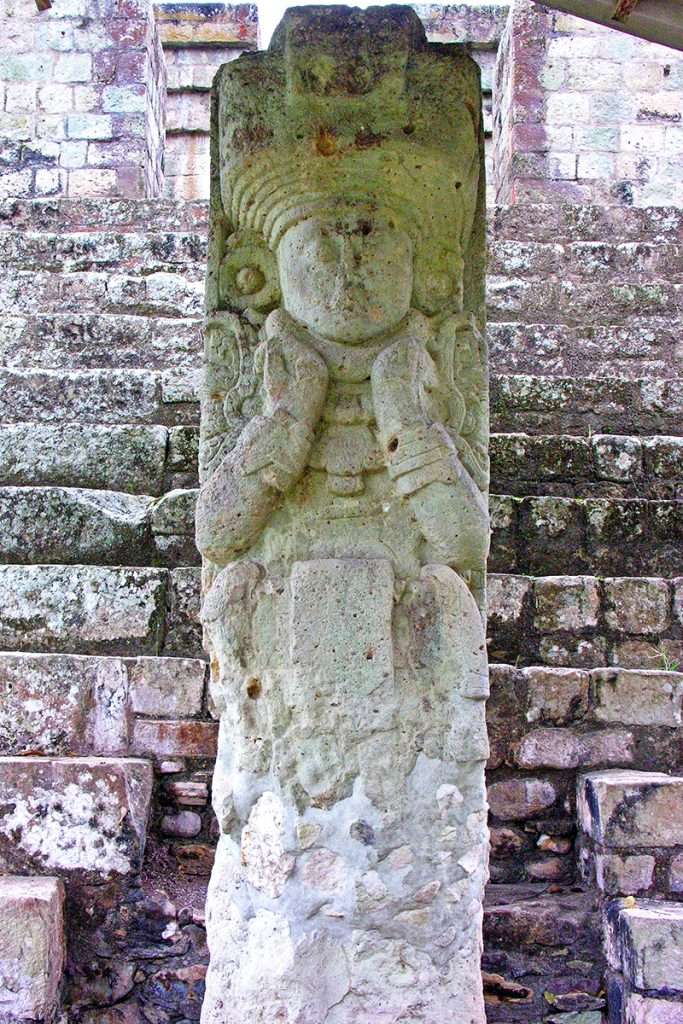
Reign: 628-695 (67 years, 130 days)
Kingdom: Copán
Empire Size: Approximately 24 km² (present-day Honduras)
Chan Imix K’awiil was a significant ruler of the Maya city-state of Copán. His reign saw the construction of many of the city’s most important monuments and the expansion of its influence in the region.
8. Ferdinand III: The King of Two Sicilies
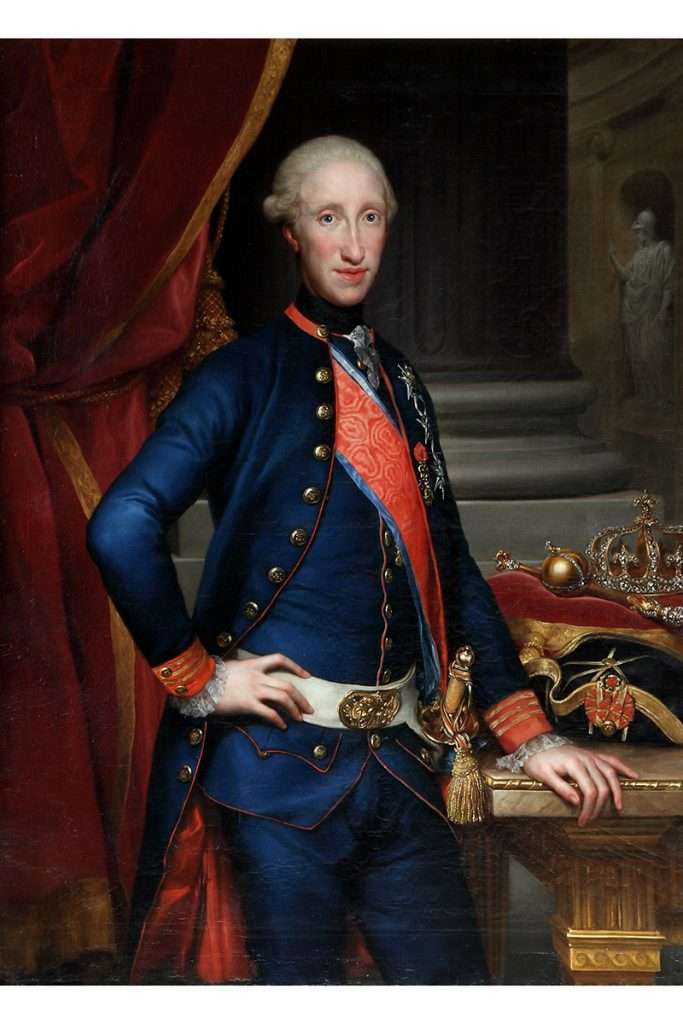
Reign: 1759-1825 (65 years, 90 days)
Kingdom: Two Sicilies
Empire Size: Approximately 115,000 km² (present-day southern Italy and Sicily)
Ferdinand III ruled during a period of great change, including the Napoleonic Wars and the unification of Italy. His reign saw the modernization of his kingdom and efforts to balance traditional rule with the pressures of modernity.
9. Victoria: The Empress of the British Empire
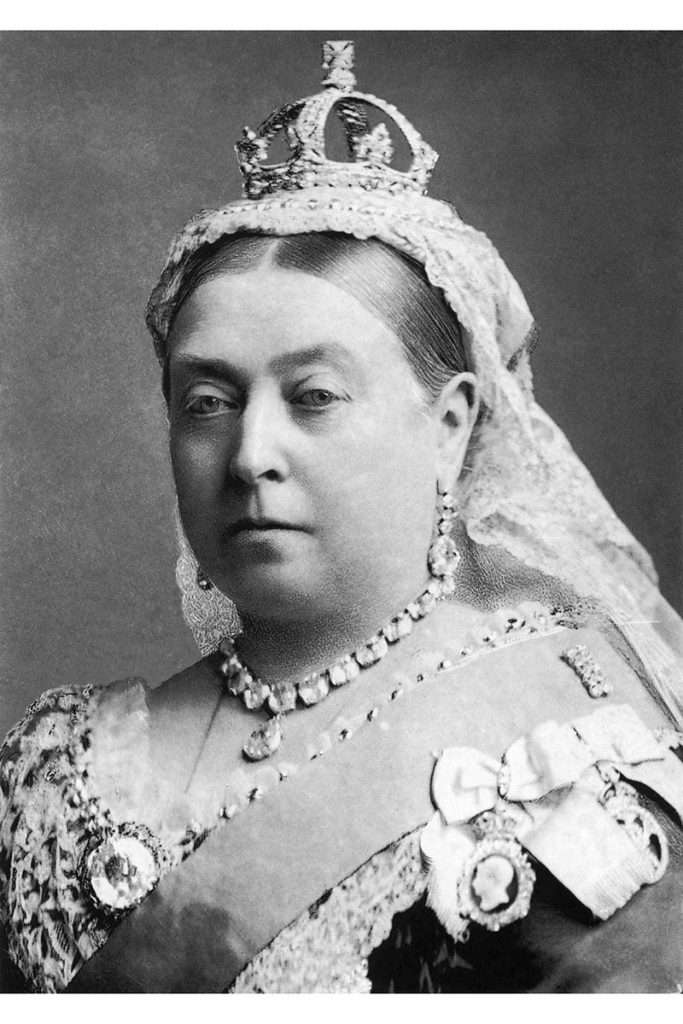
Reign: 1837-1901 (63 years, 216 days)
Kingdom: United Kingdom
Empire Size: At its peak, the British Empire covered approximately 35,500,000 km² (present-day UK, India, Canada, Australia, and numerous other territories)
Queen Victoria’s reign, known as the Victorian Era, was marked by industrial, cultural, political, scientific, and military changes in the United Kingdom. It was a period of expansion and consolidation of the British Empire.
10. James I: The Conqueror of Aragon

Reign: 1213-1276 (62 years, 319 days)
Kingdom: Crown of Aragon
Empire Size: Approximately 116,000 km² (present-day Spain and parts of France)
James I, known as James the Conqueror, expanded the Crown of Aragon through military conquests, including the Balearic Islands and Valencia. His reign strengthened the kingdom’s position in the Mediterranean.
These kings not only ruled for extended periods but also left indelible marks on history through their leadership, cultural contributions, and the expansion of their realms. Their legacies continue to influence the modern world.
Source:
- List of longest-reigning monarchs – Wikipedia
- 25 of the Longest-Reigning Monarchs in History | Mental Floss
- The 12 Longest Reigning Monarchs in History — History is Now Magazine, Podcasts, Blog and Books | Modern International and American history













Related Posts
Top 10 Countries Leading Global Food Production in 2024
The World’s Top 10 Importer Countries: A Comprehensive Overview
Top 10 Exporter Countries in 2024: A Global Trade Story